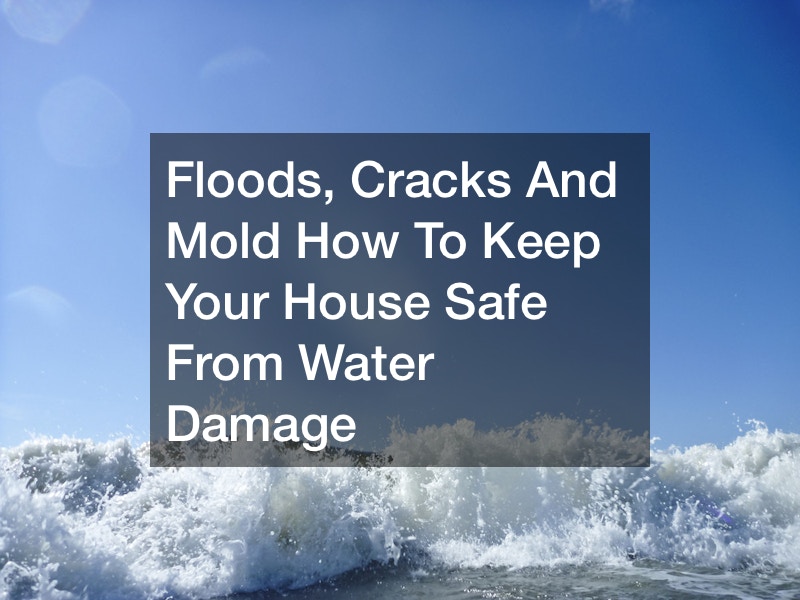

Public schools. Private schools. Free education. A steep tuition. Books that are free. Books that are expensive. Teachers who are not well-qualified. Teachers who are well-qualified. Classroom management issues. Classrooms that are under control. There are differences between public and private schools. The debate is here.
There are many people who are proponents of public schools. Public schools are free to everyone, which makes them inclusive. They are good for low income families, as the cost is minimal. That leaves more money to pay for bills. Because of this, low income students are mostly in public schools.
This is a good issue for some. Some people believe that education should be free and free to all. This leads people to be proponents of public school. The education is free, the lunches can be free (under the free or reduced lunch act) and children who would otherwise struggle to get an education can get one at a public school.
But there are issues with public schools. The infrastructure and the school system struggle with lack of funding. The teachers may be ineffective, with many of them being replaced by younger college graduates in the hope that they will revitalize the school system. There is little money for technological devices.
This lack of funding leads to more teachers taking higher paying jobs elsewhere. This leads to a dearth of teachers in the community. Because there are inexperienced teachers, classroom control could be an issue. And a classroom out of control leads to little teaching. It is a major issue.
That influences many parents to take their children to private schools. A private school is one that requires tuition to attend, and many detractors note that tuition is often thousands of dollars, making it out of reach for low income families. But with that tuition comes money. This goes to facilities, teachers, and equipment.
There are many more opportunities at private schools than in public schools. There are many extracurricular activities, such as student government, mock trials, biology clubs, and the national honors society. There are sporting opportunities with full scale gyms and equipment.
A private school has more qualified teachers than a public school. Private school teachers are more likely to hold advanced degrees, where public school teachers are more likely to hold a bachelor’s degree. This is a significant issue that might influence parents who take their children to private schools.
But the majority of private schools are associated with some type of religion. These can also be called parochial schools. These religions might not be in sync with the students’ personal beliefs, leading students to participate in a religion when they don’t want to or sit out and risk being ostracized.
These are some of the questions that are raised between public and private schools. While public schools are good for low income families, they also have issues with funding and equipment and qualified teachers. Private schools have a religious component but a significant amount of funding.
There are some statistics that are worth noting for this article. They are:
- Private schools have nearly 1.5 times as much of their enrollment in large cities compared to public schools.
- There are 30,861 private schools in the United States, serving 5.3 million PK-12 students.
- Parents of 80% of students enrolled in a religious private school in 2011-12 and 82% of students in other private schools reported being ?very satisfied? with their child?s school.
- 96% of all private schools in 2011?12 were coeducational, while 2% enrolled all girls and 2% enrolled all boys.
There are some terms worth noting when it comes to education. They are prep school, prep schools, fine arts, day school, day schools, computer labs, best schools, best private education, best private schools, best schools, best preschools, high school, digital textbooks, elementary schools, and more.
Preparatory schools are a type of private schools or just a general terms that refers to private schools. Preparatory schools are focused on improving a child’s education in preparation for them to go to college. Preparatory schools may be rigorous; they may challenge a student to do well. Preparatory schools think about the big picture.
There are many differences between private and public schools. Which one a student goes to depends on the parent and their financial income bracket.
